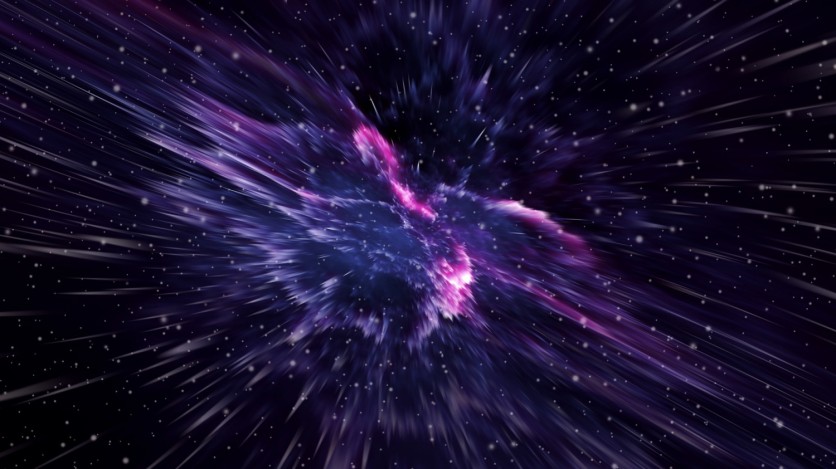A huge bang in space may have just made a resounding impact on astronomy! Astronomers have made an extraordinary discovery, uncovering the largest cosmic explosion ever witnessed.
Led by a team from the University of Southampton, the researchers have observed an explosion known as AT2021lwx that surpasses the brightness of any known supernova or tidal disruption event.

Visibly Bright For 3 Years
AT2021lwx has been visibly bright for over three years, a duration significantly longer than typical supernovae. This cosmic phenomenon occurred nearly 8 billion light years away, during a time when the universe was approximately 6 billion years old.
Remarkably, the explosion is still being detected by a network of telescopes, indicating its ongoing intensity.
The team of astronomers proposes that the explosive event is the result of a colossal cloud of gas, potentially thousands of times larger than our sun, that experienced a violent disruption caused by a supermassive black hole.
As the black hole consumed fragments of the cloud, shockwaves reverberated through its remnants, as well as through a surrounding dusty "doughnut" encompassing the black hole. Such a colossal explosion is exceedingly rare, with nothing of this magnitude observed before.
While last year's gamma-ray burst, GRB 221009A, was brighter than AT2021lwx, it lasted only a short time. However, the overall energy released by the AT2021lwx explosion far exceeds that of the gamma-ray burst.
AT2021lwx was initially detected in 2020 by the Zwicky Transient Facility in California and confirmed by the Asteroid Terrestrial-impact Last Alert System (ATLAS) in Hawaii. But until now, the true scale of this explosion remains shrouded in mystery.
Dr. Philip Wiseman, a Research Fellow at the University of Southampton and the leader of the research team, explains how the discovery came about unexpectedly: "We came upon this by chance, as it was flagged by our search algorithm when we were searching for a type of supernova."
"Most supernovae and tidal disruption events only last for a couple of months before fading away. For something to be bright for two plus years was immediately very unusual."
To gain further insights, the team employed multiple telescopes in their investigation, including the Neil Gehrels Swift Telescope, the New Technology Telescope in Chile operated by the European Southern Observatory, and the Gran Telescopio Canarias in La Palma, Spain.
To measure the explosion accurately, the researchers analyzed the light spectrum, carefully studying the different wavelengths, absorption features, and emission patterns. This analysis enabled them to determine the distance to the object.
What caused the explosion?
The only known entities in the universe that match the brightness of AT2021lwx are quasars, which are supermassive black holes continuously drawing in gas at high velocities.
Various theories have emerged regarding the cause of the explosion. The Southampton-led team posits that a massive cloud of gas, predominantly hydrogen or dust, veered from its orbit around the black hole, resulting in its expulsion and subsequent propulsion.
To gain further insights, the team aims to collect additional data by measuring various wavelengths, including X-rays, and conducting upgraded computational simulations.
This research expands our understanding of cosmic explosions and underscores the importance of continuous exploration and observation in unraveling the mysteries of the universe.
The study's findings were published in the Monthly Notices of the Royal Astronomical Society.
Related Article : NASA's Hubble Space Telescope Captures Bizarre Runaway Black Hole

ⓒ 2025 TECHTIMES.com All rights reserved. Do not reproduce without permission.




